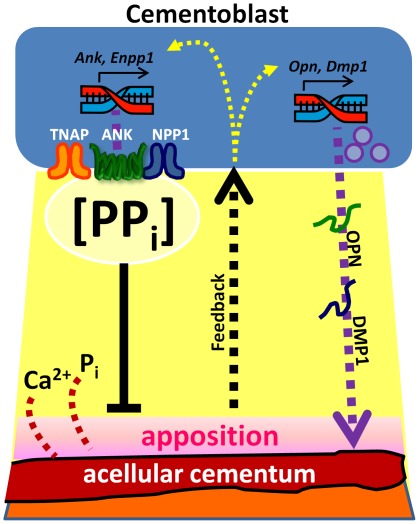Figure 14. Model for the hypothesized role of in formation of acellular cementum.
Cementum apposition depends on precipitation of calcium (Ca2+) and phosphate (Pi) ions on the root surface, and pyrophosphate (PPi) acts as a potent inhibitor of hydroxyapatite crystal precipitation. Local pericellular PPi concentration is controlled primarily by three cellular factors: Tissue nonspecific alkaline phosphatase (TNAP; hydrolyzes PPi to Pi), progressive ankylosis protein (ANK; regulates transport of PPi from the intracellular to extracellular space), and ectonucleotide pyrophosphatase phosphodiesterase 1 (NPP1; produces PPi from hydrolysis of nucleotide triphosphates). Cementoblasts express TNAP, ANK, and NPP1 in order to regulate local PPi homeostasis and control the amount of cementum apposition. Cementoblasts are responsive to apposition by some type of outside-in feedback mechanism, and are capable of modulating expression of PPi regulators as well as production of secreted matrix proteins such as OPN and DMP1, which may influence mineralization or properties of the matrix.

